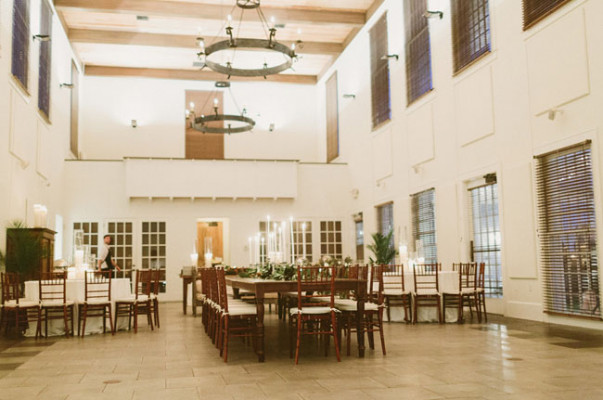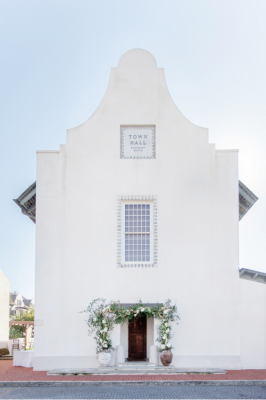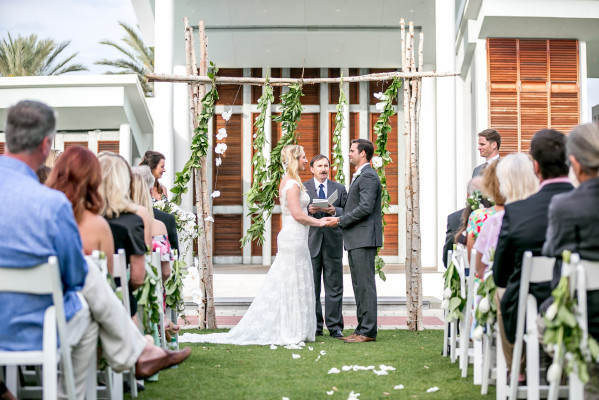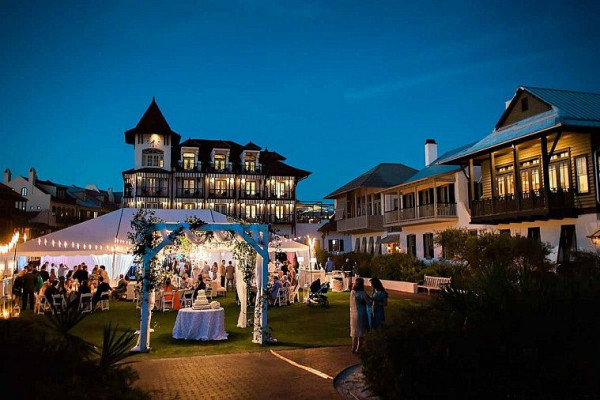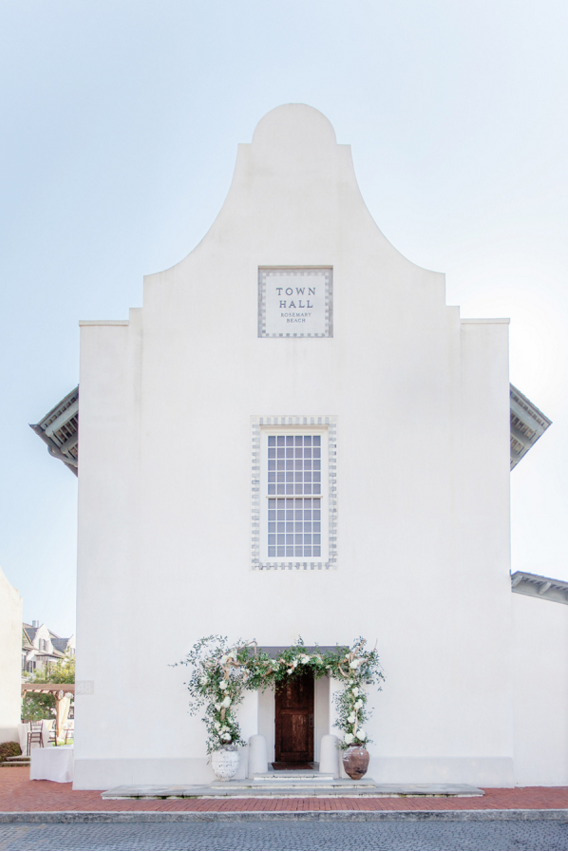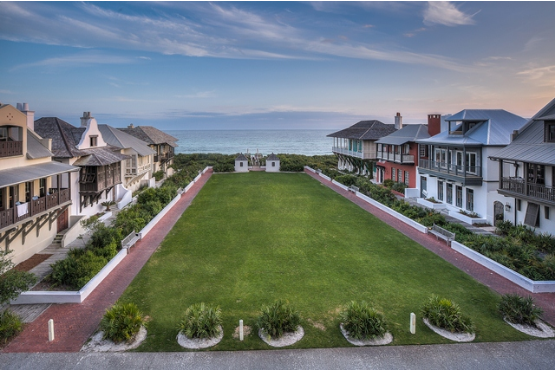Rosemary Beach’s traditional neighborhood plan is the design of Andres Duany and Elizabeth Plater-Zyberk, FAIA. Their vision was to create a community that captures the discarded values of 50 years ago, values that have been replaced today by grid-locked, automobile-dependent suburbia. This vision of a new community encourages pedestrian traffic, community interaction and interdependence among neighbors, while relying on strict urban codes and regulations to ensure architectural harmony.
The essence of Rosemary Beach comes from the careful arrangement of its public spaces and private homes. Neighborhoods are interconnected by a network of pedestrian lanes, footpaths, boardwalks. Secret pathways lead to the Town Center, tennis courts, swimming pools and the beach. Parking is restricted to alleyways located behind homes, and the community’s pedestrian scale ensures that everything is within no more than a five minute walk.
The natural topography of Rosemary Beach was not disturbed during development. Instead, roadways were laid to conform to the natural contours of the land. Developers used pervious, or permeable concrete for pavement, which allows water to filter through to the sand below, thereby eliminating the need for unsightly storm water drains or holding ponds.
To establish and preserve the unique vision and character of Rosemary Beach, the urban planners and architects provided guidelines for the placement, design and construction of all homes and buildings in Rosemary Beach. Every home in Rosemary Beach is architecturally unique and is custom designed and built to reflect each owner’s tastes, needs and lifestyle. Yet, every house is an inextricable part of the fabric of the community, reinforcing its coastal character.
With a strict urban code, Rosemary Beach ensures harmony and architectural integrity throughout the community. The use of authentic and time-tested construction materials and techniques relates perfectly to the beach-side environment. Homes, which face pedestrian boardwalks, are finished with wood siding, cedar shingle or stucco (true masonry) with metal or shingle shake roofing. A rich palette of colors in subtle, natural tones distinguishes the houses. The shapes and silhouettes in Rosemary Beach call to mind St. Augustine, the West Indies, New Orleans and Charleston. Deep eaves provide shade from the afternoon sun. High ceilings draw breezes through houses. Gardens, fountain-filled courtyards and porches become outdoor rooms.



























